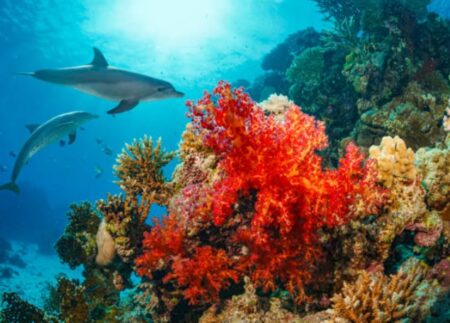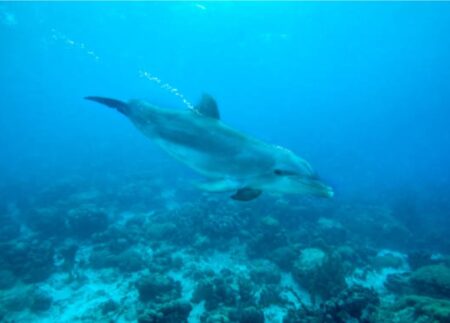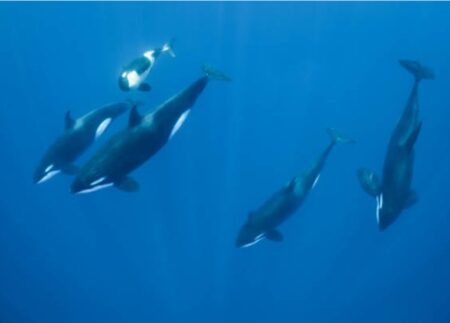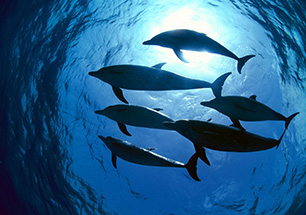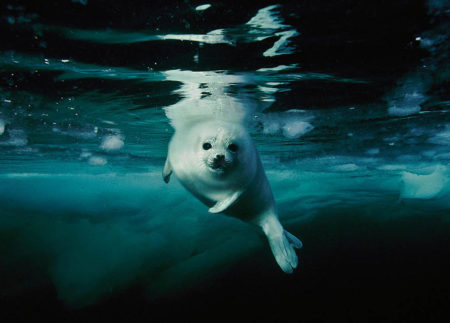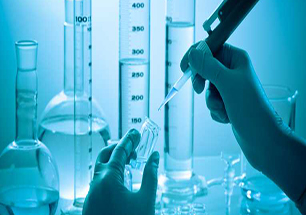KEY QUESTIONS
- What is the biological significance of masking on marine mammals?
- What are the long-term and cumulative effects of masking from E&P sound on marine mammals?
SUMMARY
When considering the effects of noise on hearing in marine mammals, standard audiometric data are commonly applied to predict how a noise source will influence an individual or species. With regard to auditory masking, critical ratio measurements and average noise spectral density levels can be used to obtain masked threshold predictions. However, the extent to which this method is appropriate varies based on the features of the noise source in question. Temporally varying noise, such as that generated by seismic surveys, presents a significant challenge. Captive spotted and ringed seals were trained to detect 100 Hz narrowband signals embedded within a background of seismic noise recorded from an operational air gun array. Results indicate that when noise amplitude fluctuates significantly in time, listeners can detect signals within brief amplitude dips or quiet periods in the noise.
Objectives and methods
- Measure the masking effect of impulsive noise on Arctic seals using psychoacoustic methods
- Compare results to predictions based on critical ratio measurements obtained with tonal signals and broadband, flat-spectrum maskers
Importance
The ability of resource managers to quantify masking from intermittent seismic noise is relevant due to widespread geophysical exploration. This study addresses the important issue of masking outside of the laboratory, and provides much needed information about when it is appropriate to use average noise levels and critical ratio data to predict masking in real environments. The results inform best management practices for evaluating the effects of noise on Arctic seals and other marine mammals.
Links to other research
This study was intentionally linked to Programme projects:
- Pinnipeds: Airgun Effects On Arctic Seals: Auditory Detection, Masking And TTS In Pinnipeds
- Masking and masking release in harbor seals and harbor porpoises
Institutions/PIs
- Long Marine Lab, University of California Santa Cruz (Colleen Reichmuth and Jillian Sills)
- Southall Environmental Associates, Inc. (Brandon Southall)

